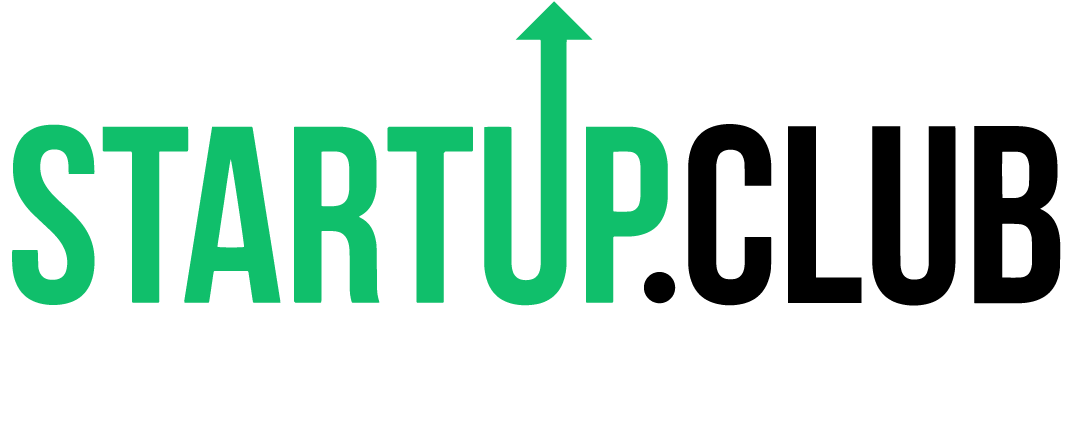This week Coach Yu brought some helpful tips and tricks about Facebook and how to work its algorithm. Many of you are probably aware of the range of algorithms that exist on the internet whether it is on Netflix or popular social media applications like Facebook, Linkedin, and Pinterest
Facebook is the leading social media platform that relates to other algorithms in which it has a collaborative filter. When people communicate publicly, edges are created and connections are built between objects. Facebook is aware of who you are talking to and what that message entails.
However, edges are based more on posts than people, so it will focus on what you’re posting more than who you are talking to. People are persistently sharing their location or even a hot new item that they have recently purchased.
It’s essential to understand what people are doing to more efficiently advertise posts. When we understand their behavior we can create more accurate posts and messages for them to connect and engage with, and most importantly, target it correctly.
Relevant content drives engagement and that is the key component for better and bigger reach and therefore better chances for conversion. That’s why is very important to also create a variety of assets with slightly different visuals and messages, to test and analyze what does and does not work for your audience.
Once you’ve done some testing and start to understand what your audience wants and doesn’t want (based on your engagement rates), you can boost (promote) the ones with the best performance to go beyond what the organic algorithm has provided. Facebook will use its data and will reach similar audiences that have engaged with your content. That’s why you need to build a relevant organic audience if you want to make the most of the collaborative filter.
When you boost posts it helps extend what is already working organically, meaning when people are organically sharing your content Facebook will favor your algorithm. On the point-based system ‘shares’ are worth more than any like or comment, as ‘shares’ count as a new post and become an object to carry edges.
Top 3 key things to analyze:
- Engagement rate: Is negative feedback good or bad? What matters the most?
- What similar people are doing: How does the collaborative filter work?
- Time decay: How powerful, and for how long, is an object?
To learn more about this topic listen to the audio file above!

